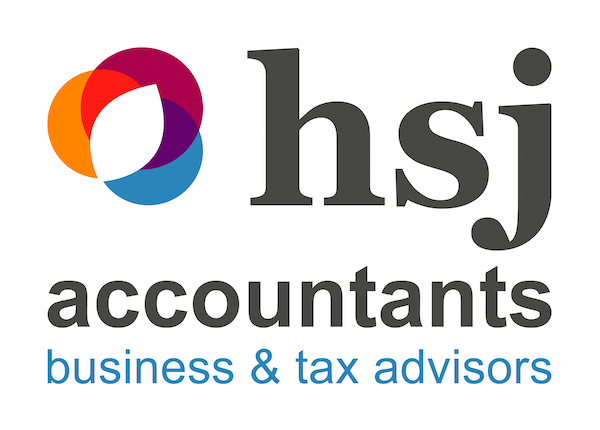What are the best ways to measure your business’ performance?
Changing market conditions make it more important than ever to measure your business’ performance on a regular basis.
The impact caused by recent events, such as the vote to leave the EU in June 2016 and the snap general election, have added to the uncertainty felt by business owners around the UK.
Knowing your business’ strengths and weaknesses will help you manage your business efficiently.
There are various tools and techniques out there to help you measure your business performance. However, knowing where to start can be the trickiest obstacle of all.
Finance
One of the biggest challenges is to ensure there is always enough cash to pay expenses when they are due, as running out of cash will threaten the survival of your business.
Cashflow
Regularly reviewing and updating your cashflow forecasts will show the amount of money flowing in and out of your business. This is usually done on a monthly and annual basis.
Comparing your forecasted sales and profits against your costs should enable you to identify any potential problems before they arise.
Profitability
Every business hopes to increase profits as these are the lifeblood of their company. Things to consider include:
- gross profit margin – total amount after sales but before tax
- break-even – the volume of sales needed to start making a profit
- net profits – figure after all overheads, interest and tax deductions
- return on assets – level of profit in relation to net assets.
Measuring profitability should highlight areas for potential growth or underperforming aspects of your business.
Accounting ratios
Accounting ratios compare one aspect of your business against another.
They make it easier to interpret financial statements by giving you a greater insight into your business’ performance.
The previous list of bullet points can be used in the ratios which measure profitability. Other important ratios to consider include:
- liquidity ratios – measure your business’ ability to pay debts
- efficiency ratios – measure how well you are utilising your business assets
- gearing ratios – measures your business’ financial leverage.
For example, to calculate liquidity ratios you divide current assets by current liabilities.
The result will indicate whether your business has sufficient assets to cover its liabilities at that specific time.
Customers
Retaining existing clients is as important as attracting new customers.
Talking to your customers will tell you if you’re keeping up with their demands and expectations. Even if the feedback is generally positive there may still be areas to improve.
Your sales data would be a good place to start but questionnaires and comment cards can also help identify if your clients are satisfied.
Social media platforms, such as Twitter or Facebook, also offer an accessible opportunity to engage with customers, while a functional website should offer several ways for customers to get in touch.
If your business is performing poorly, clients may take the option to formally complain. But bear in mind many unsatisfied customers will simply switch provider if they’re unhappy.
Engaging with clients can help your enterprise identify how your customers’ needs are changing and where improvements can be made to your products and services, staff or business procedures.
Staff
The more successful your business becomes the more staff you are likely to employ and measuring their performance within the business therefore becomes an important consideration.
Informal meetings, such as one-to-ones, and annual appraisals can offer practical ways to measure and monitor staff performance as well as an individual’s development aspirations.
If workers have specific targets to meet, measuring their performance can be useful.
Sales or marketing targets, productivity figures and profits generated could be tied in with incentives and enable you to ensure your teams are working efficiently.
Another thing to consider is how your staff reflects the identity of your business, particularly if they are dealing with clients on a daily basis. For example, do they adhere to a certain standard in terms of effectively resolving customer queries?
Benchmarking
Benchmarking measures your company’s performance against that of your rivals…please click here to continue reading


